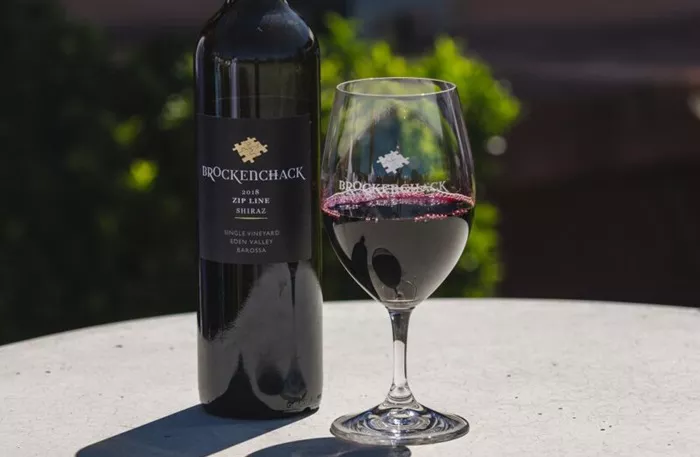The issue of gender equality in traditionally male-dominated professions has been a long-standing topic of discussion. When I penned my first editorial for this journal in 2018, I sought to capture readers’ attention with the title ‘Sex Matters’. Reflecting on that piece today, I can see its success, as I’ve continued to write editorials ever since. The subject of that original article was Madame Clicquot, the renowned businesswoman and innovator behind the Veuve Clicquot champagne brand, whose legacy still resonates in the industry. Recently, Thomas Napper’s film on Madame Clicquot, Barbe-Nicole Ponsardin Clicquot, was reviewed in the Financial Times, with the critic, JR, noting that while the film portrays her as a formidable figure, she “lacked verve.”
Madame Clicquot (1777-1866) is celebrated not only for her entrepreneurship but also for her contributions to the wine industry. She is credited with creating the first known vintage champagne in 1810 and developing the riddling process in 1816, which improved the clarity of champagne by removing sediment from the bottles. Additionally, Madame Clicquot pioneered the use of labels on champagne bottles and played a key role in opening the Russian market, aligning her champagne with the tastes of the bourgeoisie. By championing dry champagne as a sophisticated drink, she helped solidify the brand’s place in history.
Her story serves as an inspiring example of women’s influence in the wine industry, and it raises the question: how do women fare in the modern wine world? Recent statistics show that the gender gap in the wine industry has narrowed significantly. According to available data, women make up 44% of new Masters of Wine (MWs), with the gender distribution nearly balanced at 56% male and 44% female. The numbers are even more promising in the field of sommeliers, where women account for 56% and men for 44%. In France, which remains a key center of the wine trade, it is estimated that at least one third of winemakers are women. Associations such as ‘Femmes Vignerons Rhône,’ founded in 2004, advocate for female representation in the industry, and their impact is evident as more women are establishing reputations as top-tier winemakers.
Despite these gains, some female winemakers, like Camille Nosworthy, suggest that the quality of wine produced is less dependent on gender than on factors such as soil and climate. Nonetheless, it is clear that women’s contributions to winemaking are increasingly recognized and celebrated.
This trend of gender equality extends beyond the wine industry into other fields, including medicine. In the past, certain professions, particularly medicine, were overwhelmingly male. Yet today, women are making significant strides in what was once a male-dominated profession. For instance, female medical students now outnumber their male counterparts in many institutions, including the University of Minnesota, where 57% of medical school entrants are female. In Ireland, the gender split at Trinity College Dublin medical school is 63% female to 37% male. Interestingly, some areas, like Paris, are seeing a decline in male applicants to medical schools, with many opting for more lucrative careers outside the medical field, further shifting the gender balance in favor of women.
While there is still work to be done in achieving full equality, the progress made in both the wine and medical professions signals the diminishing hold of misogyny in many Western countries. Today, there is little doubt that women can be as effective, if not better, doctors and winemakers as their male counterparts. Many industry experts even argue that women possess superior wine-tasting abilities, further challenging outdated stereotypes.
In conclusion, both the wine and medical industries have seen significant strides in gender equality. Thanks to the efforts of pioneers like Madame Clicquot and the ongoing contributions of women in these fields, we are witnessing a transformation that reflects broader societal shifts toward gender parity. While the journey is far from complete, the progress made so far is a testament to the resilience and determination of women in breaking barriers and reshaping industries.
You Might Be Interested In:


